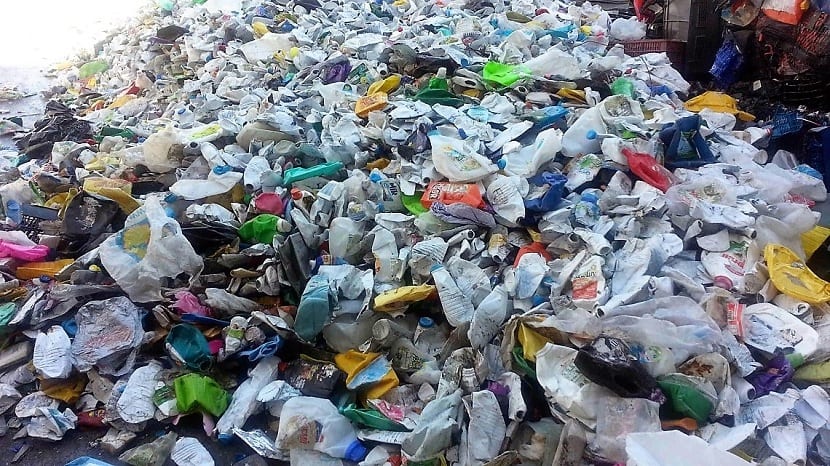
When a product is no longer useful or does not have the same function with which it was manufactured, it becomes a waste. There are many ways to find a second life for you as a product through recycling. However, today we are going to focus on what are Solid waste, what is its classification and what does its treatment consist of.
If you want to know more about solid waste, we are going to explain everything to you in detail.
What are they
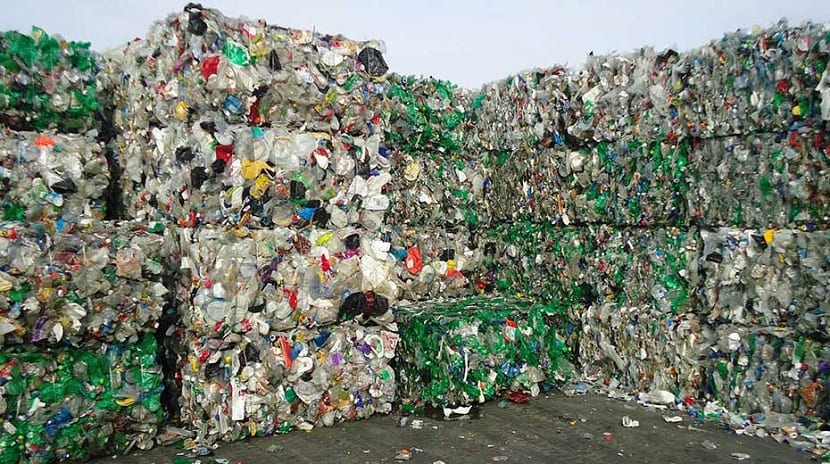
The first thing is to know what solid waste is. It is also known by the name of urban solid waste, since the vast majority of it is produced in cities. These are products that have already had their useful life and that have fulfilled their objective. They have almost entirely reduced the economic value for most people. Therefore, these residues have several ways to go. The first is to go to a landfill to be buried. The second is to be incinerated in an incinerator to stop occupying a volume and the last is to be recycled for later reincorporation in the life cycle of the products.
Some of the waste from landfills that lie deposited for a long time, through their decomposition process, generate what is known as biogas. It could be said that it is also a use of waste, since this biogas contains a large amount of energy that can be used to generate electricity.
Waste can be solid, liquid or gaseous, but today we focus on the ones that are solid state. Solid urban waste is that produced in urban centers and their areas of influence. They are generated in homes such as houses and apartments, in stores and offices.
To illustrate, we say that some of the urban waste is used paper, plastic or glass bottles, different cardboard containers, etc. Other waste such as oil from vehicles and the smoke that we generate from the chimney are not categorized as solid waste.
Solid waste classification
Let's see how this waste is classified. Mainly, we can separate into hazardous and non-hazardous waste. The first are those that have a risk to the health of the citizen or to the environment. They tend to have toxic, corrosive or explosive properties. On the other hand, the non-dangerous ones do not pose a danger to the environment or the citizen. Those that have no danger are in turn classified as:
- Ordinary. They are those that are generated during the day-to-day routine in homes, work environments, hospitals and outpatient clinics, offices, stores, etc.
- Biodegradable. They are those capable of degrading on their own more or less quickly. Normally, they end up degraded, forming organic matter suitable for the soil and acting as fertilizer. Of this type, we can put the examples of food scraps, fruits and vegetables. For these residues is the brown container.
- Inert. They are the waste that does not decompose easily, but rather takes a long time. For example, we have the papers and cardboard. They end up degrading without the need for any human action, but it takes much longer than the previous organic matter.
- Recyclable. They are the waste that, if subjected to various processes, can be reincorporated into the life cycle of the products again. For example, we have the stronger glasses, fabrics, plastics and other papers.
Another faster and simpler classification is to separate solid waste into:
- Organic They are all biodegradable.
- Inorganic. They are the rest of the waste that, due to its chemical characteristics and composition, has a very slow degradation. Many of these wastes are recyclable and some are not. If recycling is not possible, they must be treated according to their danger.
Solid waste management
The management of urban waste is carried out in different stages. The first is that of selective collection. The waste collected in the different recycling containers. The own collection and transport of waste has to be done by the same operator. After that, they are eliminated or transformed depending on the nature of each type of waste.
These are the different types of solid waste management:
- The landfill It is the process used to eliminate hazardous waste. A land with little ecological value is usually selected to deposit them on the ground in a scattered and compacted way, so that the danger does not affect anyone.
- Other process is the incineration. An incinerator is a system that serves to treat garbage and burn at high temperatures. The volume of waste is reduced by 90% and the weight by 75%. It has the disadvantage that ash, other inert waste and gases are generated that are toxic to people and the environment.
- Separation and use. This type of management classifies them according to the place where they are produced to recover it or give them a new life. Recovery and treatment techniques are needed to have the possibility of returning them to their original state or giving them another new use.
Consequences of mismanagement
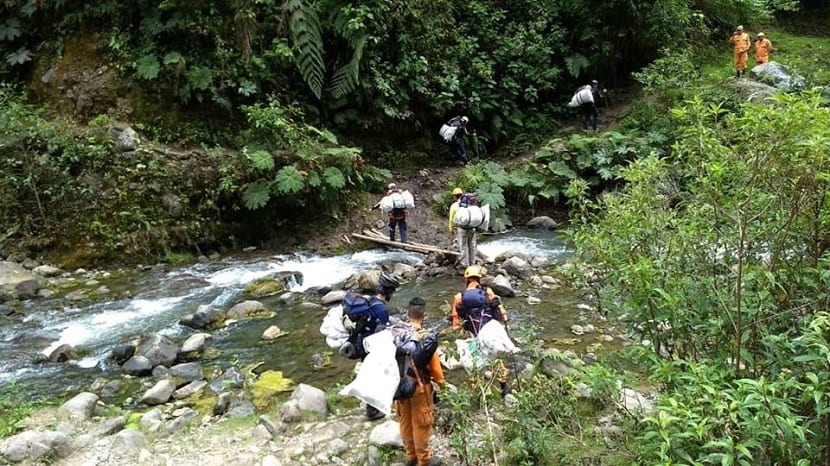
This is fine in theory, but in practice it doesn't quite get along. Each country has a different policy on waste management and both companies and the general population do not have basic notions for the treatment or separation of waste. If the residues are not well separated from the roots, there is little that can be done when treating them.
Among the negative consequences we have, we include the following:
- Health risks. With poor management, health problems such as diseases can be derived both indirectly and directly.
- Negative effects on the environment. Natural landscapes degrade and end up being polluted, losing properties and functions.
- Water and soil contamination. Both leachates and discharges directly onto water bodies end up contaminating ecosystems and affecting flora and fauna. The air is also polluted with greenhouse gas emissions.
I hope that with this information you can learn more about solid waste.
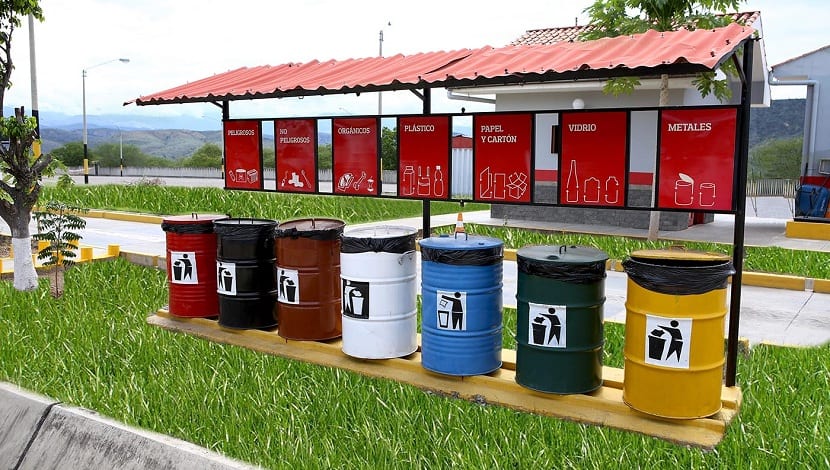
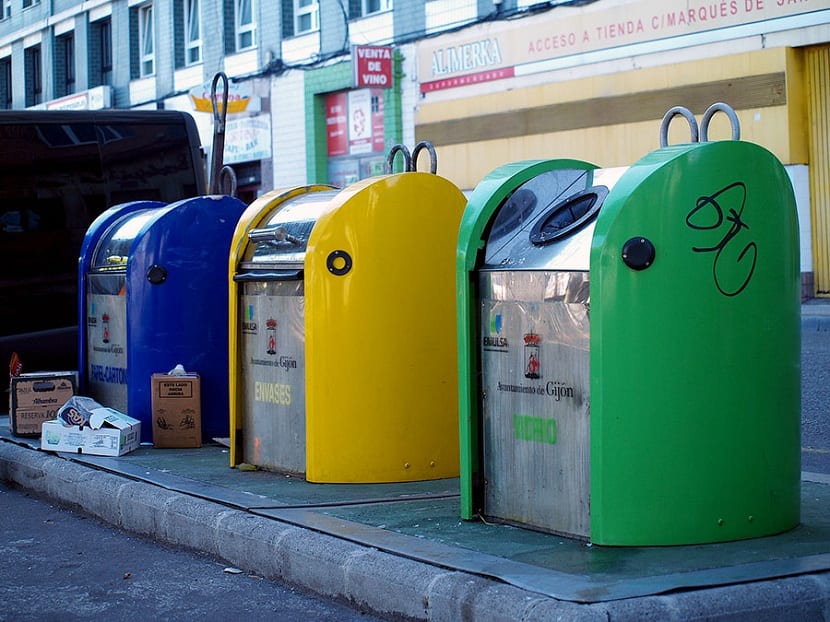
Hello dears,
First of all, I would like to thank the development of this illustrative site. I am working in my company on a program for the management of solid waste and its classification and the information has been extremely useful to me.
I really liked the clarity with which everything is explained.
regards